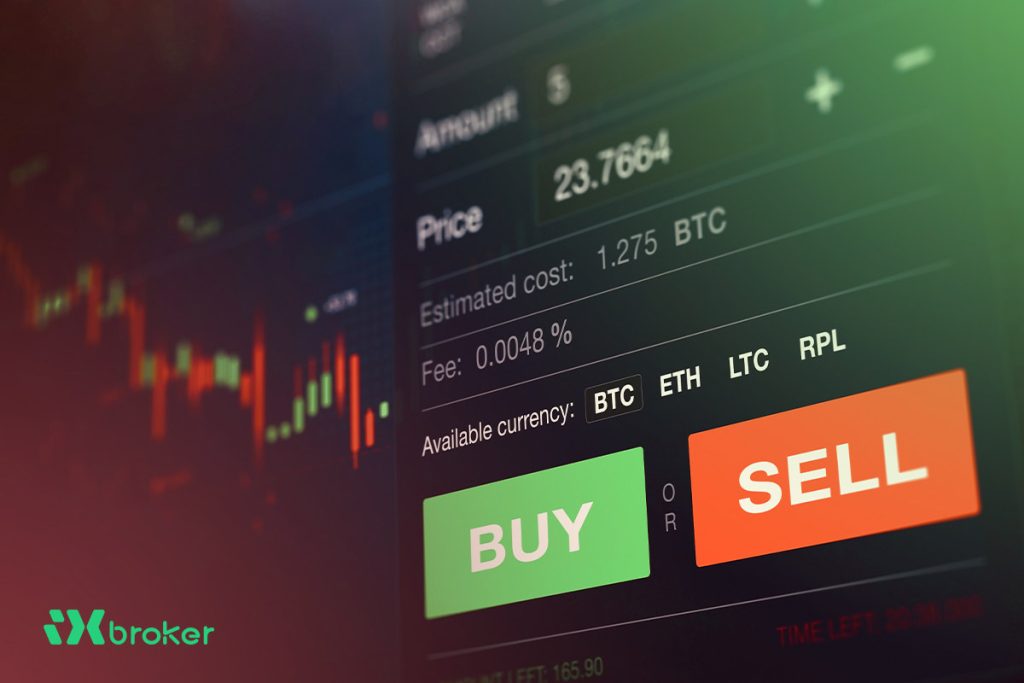Introduction: From Data Science to Day Trading—Hard Truths and Real Growth
Day trading, from the outside, seems enticing—a life of quick wins, total freedom, and financial independence. But anyone who has truly lived the experience knows it’s a world of unpredictable swings, emotional discipline, sharp learning curves, and sometimes painful lessons. My story shifted from a stable data science career into the turbulent, teachable chaos of trading full-time. If you want more than generic advice and are searching for genuine, hard-earned lessons, this article is your conscious shortcut.
The Illusion of Machine Learning in Trading: Why Simpler Tools Win Most Battles
Machine learning is today’s gold rush for aspiring traders and quants. But applying these sophisticated algorithms in trading is often an exercise in managing disappointment.
Most machine learning “wins” in backtesting stem from overfitting—building a model that learns yesterday’s market, not tomorrow’s. In the live market, conditions shift, volatility returns, and models collapse. Even when you apply techniques like cross-validation or out-of-sample testing, hidden biases often creep in. In reality, successful traders—retail or institutional—learn that machine learning is best for filtering and signal ranking, not direct buy & sell decisions.
Practical Takeaways:
- Before deploying any model, randomize your data, inject noise, and test across multiple assets and periods.
- Use Monte Carlo simulations to stress test your logic in thousands of market scenarios.
- Don’t rely on “paper profits.” Until you see consistent live performance, reserve skepticism.
Case Example:
An options trader, after months of failed ML models, resorted to basic statistical scenarios for volatility strips and tripled win consistency.
Risk is the Only Constant—Ignore It at Your Own Peril
Many new traders ride a winning streak and assume the “secret” is finally theirs, only to watch a single vicious loss erase weeks or months of gains. Don’t let temporary safety fool you into reckless behavior. A properly managed risk profile is the only real armor in markets—be it Crypto’s wild reversals, Forex central bank shocks, or stocks during earning seasons.
Trading Gems:
- Never risk more than you can afford to lose on one trade.
- Always diversify exposure: If a single event, like a volatility spike or geopolitical crisis, can wipe you out, you are over-leveraged.
- Know your exit before you enter: Instant decision-making in chaos saves accounts.
Real-World Reflection:
February 2018, as fear moved from equities into gold and USD, crypto markets dried up overnight—reminding us that “risk-off” truly means everyone runs for safety. The professionals were those who understood and sized risk, not just those who predicted direction.
Alpha Is Simple—If You Can Explain It, You Can Repeat It
For years, I built ever-more complex strategies—ML ensembles, convoluted scripts, layers upon layers of rules. Results? More confusion, less consistency, and mounting losses. Only when I returned to the basics—mean reversion, momentum, option overpricing—did profitability return.
Key Practices:
- Ask yourself: Can I explain my edge to a non-trader in two sentences? If not, you might be relying on luck.
- Use simple probability models; most market profits come from being consistent, not clairvoyant.
- Regularly review your methods. Complexity must serve your results—not impress your ego.
Mini-Case:
A swing trader, frustrated by underperformance, ditched exotic indicators for a basic, statistically valid “sell the premium, buy the dip” model. Returns improved, drawdowns decreased.
Simplicity Over Complexity: The Real Secret to Consistent Profit
Trading is just like any other market activity. Instead of trying to “outsmart” the game with jargon and elaborate flows, see trading as buying bread: you want the best price, you manage risk, you don’t overcomplicate. Excess complexity often serves to hide emotional decisions behind numbers and tech.
Action Step:
Every time you add something to your system (indicator, data source, rule), ask: “Does this directly improve my entry, exit, or risk control?” If the answer isn’t clear, leave it out.
The Psychological Rollercoaster: Endurance Outranks Intelligence
Markets aren’t just battles of strategy—they’re intense tests of emotion and will. You’ll encounter:
- Overconfidence after a string of wins.
- Despair after an unexpected loss.
- Fear of missing out (FOMO) when markets move rapidly and you’re on the sideline.
- Isolation from spending too much time “watching” trades and too little time living life.
Top Techniques for Psychological Strength:
- Treat wins and losses as feedback, not personal triumph or failure.
- Keep position sizes smaller than you think you should.
- Take planned breaks and protect your routines outside trading.
Personal Experience:
I found that after big losses or periods of high stress, distancing myself (even just a weekend off) brought more clarity than any new technical improvement. This isn’t weakness; it’s a survival skill.
Money Management Matters More Than Market Direction
A robust trading system is really a robust money management system. Here’s what years of mistakes teach:
- Position Sizing: Underbetting protects your capital; overbetting can destroy it, even if your strategy is otherwise profitable.
- Commissions: When you decrease your trade sizes, commission costs rise as a percentage of your profit. Watch out for hidden costs—commissions can sometimes eat 10% or more of small trades.
- Liquidity: Trade only in liquid markets. Assets with poor volume are traps for retail traders—entry and exit become impossible when you need them most.
Tip:
Batch your trades, avoid illiquid symbols, and always, always check your effective costs after commission and slippage.
Patience Is a Position: Sometimes the Best Trade Is No Trade
Impulse trades lead to poor outcomes. True professionals know that cash is an active position. Some of my best months were those where I simply waited for the right opportunity—instead of forcing trades for the sake of activity.
Actionable Lesson:
Set criteria for trades—and only move when those criteria are met. You’ll make less by being hyperactive, and more by being selective.
The Power of Journaling: Your Greatest Teacher Is Your Own History
Brokers’ PNL screens are not enough. A real trading journal captures:
- Trade rationale
- Entry and exit points
- Position sizes and risk
- Emotional state and psychological influences
Key Benefits:
- Helps you spot patterns—both good and bad—in your own behavior.
- Provides data to tune strategies and stop repeating mistakes.
- Builds discipline: just like professional athletes, the best keep a log.
Tip:
Use a simple Google Sheet or Excel file—review it weekly. Many problems (oversized positions, recurring bad trades) become glaringly obvious within days.
Beating the Market Makers: Why Order Execution Trumps Prediction
Markets are dominated by professionals—market makers, high frequency traders—who live off inefficiencies. Retail traders empower themselves by:
- Always using limit orders: Never accept the first price.
- Refusing to “chase” the fill: Most “improved” prices happen just after you enter. Be patient, target the price you want, and accept it without regret.
Quick Math:
If you get ripped off by 2–2–2–5 per trade in slippage, across 200 trades, that’s 400–400–400–1000 lost—often as much as your broker’s commission for the year.
Know Your Platform Like a Pro
Your trading software is your instrument; mastery is required. Set up backups, create redundancy (cloud, laptop, mobile hotspot), and practice all major trade types and error recovery before committing real capital.
Case:
A trader lost a substantial sum due to a “fat finger” error—placing a market order instead of a limit. Since then, double-confirmations and “sandbox” practice sessions are part of every upgrade and workflow change.
Overcoming Analysis Paralysis: The Danger of Too Much Action
It’s easy to drift into over-trading, tweaking strategies so often that you lose your original edge. At the beginning, I constantly monitored screens, acted on every fluctuation, and eventually did more harm than good.
Success Formula:
- Set clear “go” and “no-go” times for trading.
- Minimize intra-day adjustments unless there’s major news.
- Track winning and losing streaks; if you see repeated errors, stop, evaluate, and recalibrate.
Pattern Day Trader Rules: Why Focus Is Forced and Beneficial
PDT rules (minimum account thresholds, trade restrictions) may feel unfair, but they teach crucial focus. When I lost half of my account and was forced under the $25k minimum, I became laser-focused on high-quality setups and stopped “shooting everywhere.”
Statistical Reality Check: Know Your Expectancy
Study your data:
- What percentage of your trades are winners?
- What is your average win compared to your average loss?
- Does your strategy yield positive expectancy after costs?
Insight:
Running my statistics by “symbol traded” versus just “raw trade results” revealed that narrowing focus to a handful of core instruments could have turned the tide—too many symbols = higher mistakes and slippage.
Maintain Your Edge—Never Stop Learning
Markets evolve; strategies stagnate. The best traders treat education as permanent. Seek out new sources, experiment with paper trading, and review successes and failures relentlessly.
Resource Tip:
Websites like TastyTrade, OptionAlpha, and major broker education portals contain critical, up-to-date education that even professionals revisit.




